The Rising Street Artist Talking
When does a boarded-up storefront turn from community loss to abundance? When Bay Area artist fnnch transforms it with bursts of colorful symbolism from his nimble mind, like his signature honey bear. He uses his platform for fundraising, too, barely breaking even as he sells limited-run prints capturing the zeitgeist of pandemic and the triumph of Ally Bear proclaiming Black Lives Matter. Generous of purpose and display, his work propagating for free throughout the city and collected for important causes, fnnch is out there actively bearing witness and helping to illuminate societal shifts, image-making raw and thrilling.
“We all being as artist, but sometime in our lives we are talked out of it.” fnnch
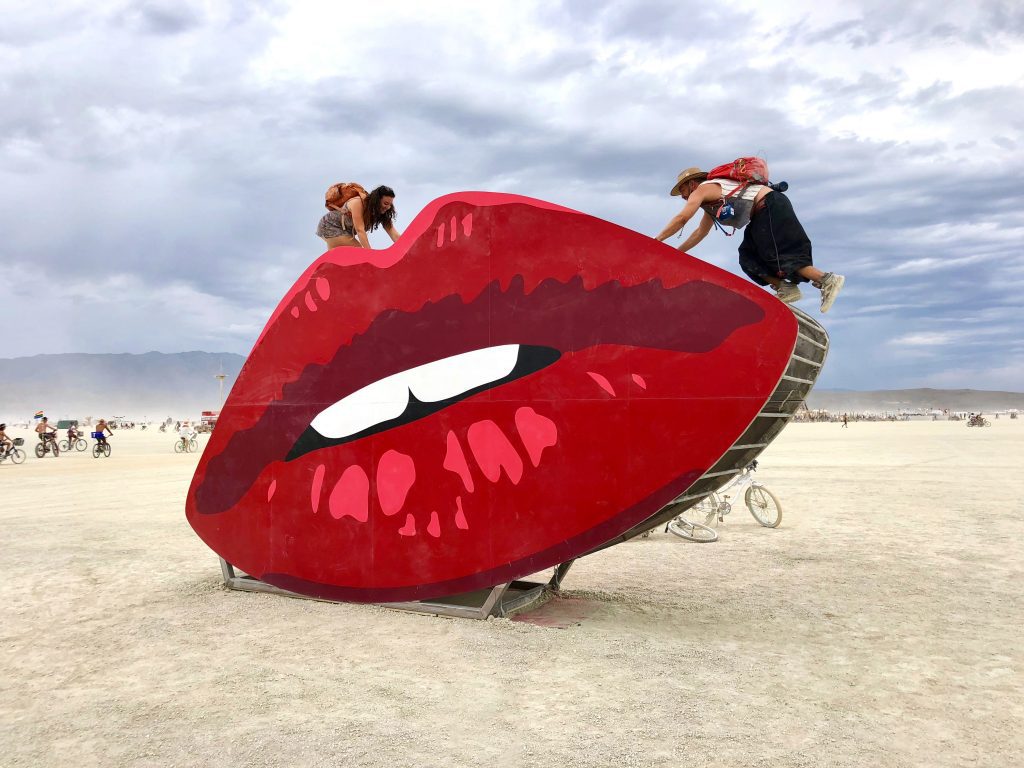
Like most successful leaders in the creative world, fnnch was told at a young age that he needed to get a real job when he grew up. So, instead of acrylics and canvas, fnnch took to computer screens and vector art. His first job was working as a digital artist on video games. At the time, video game art was not a thing, so at age 14, he began a promising career as a digital illustrator. After he graduated college, he headed to San Francisco and found it the lack of street art odd. Fnnch wanted to live in a city with street art, so he had two choices: complain about it or be the change he wanted to see in the world. At night he would take his spray cans and stencils and paint on public property like sidewalks, park walls, and pathways. His first piece was in Duboce Park.
“There are stencils of where your dog should be on leash. There is a walking man stencil and a dog, so I painted out the German Shepard and added a poodle. It didn’t diminish the meaning of the signage; it was clearly additive. I have always been concerned that my street art be additive. Because if you write graffiti, it makes the environment worse, perhaps; but if you paint beautiful and fun street art, it makes the environment better. I believe the responsibility of the street artist is adding something people like,” fnnch shares.
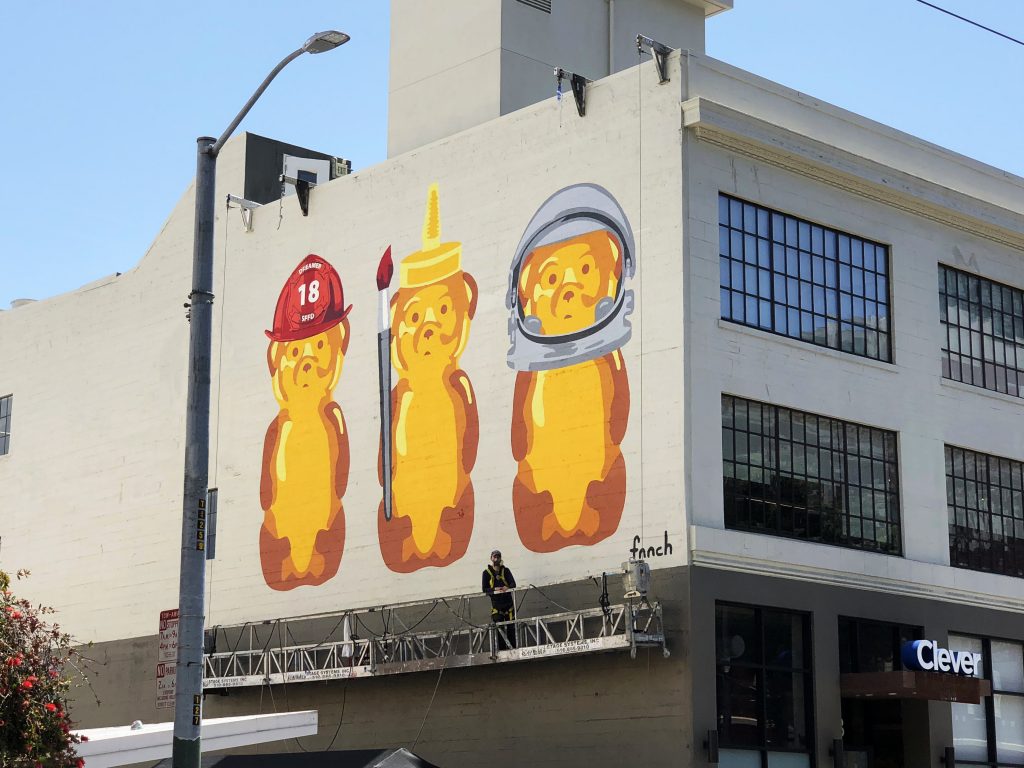
Fnnch, the Gateway Artist
His refreshing ethos on art reflects his wholesome Midwestern upbringing in St. Louis, Missouri. When asked about the difference between graffiti and street art, he explains that graffiti, as he sees it, is a game and part of a subculture of people. It is usually disruptive and seen as collateral damage in a neighborhood. The tagger has no concern for how he affects the environment, while the street artist intends to add something to the neighborhood that’s artistic and additive.
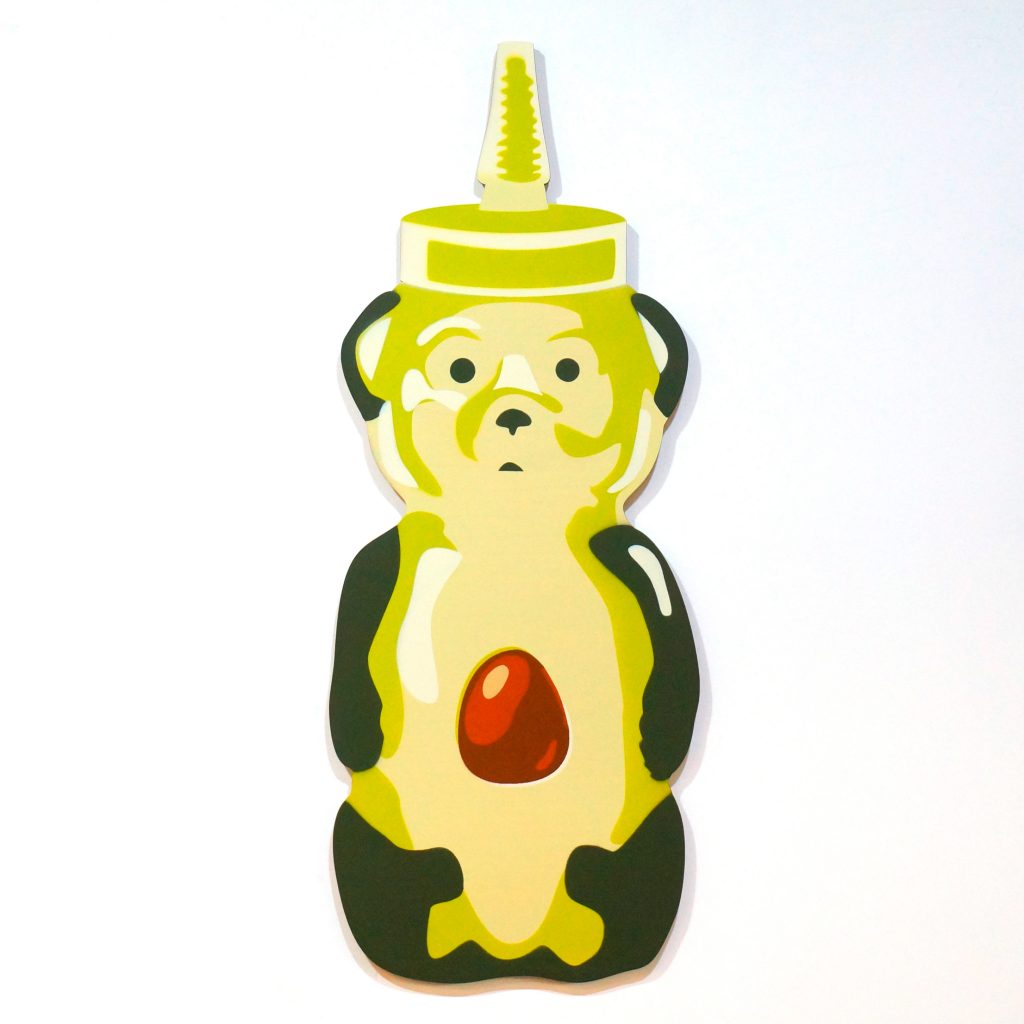
Unlike Banksy who makes radical statements regarding current affairs, fnnch is all about bringing joy and smiles. He wants to be the gateway artists who inspires others to appreciate art. “Only five percent of people who visit San Francisco visit the SFMOMA. I was raised with art around me; many people don’t have that exposure to art like I did. So, this is my way of exposing art to the masses. People know actors and musicians, but very few actually know fine or visual artists. So, I thought I could make an impact on that and create art that people like. If you smile when you look at a piece of art outside, that might make you want to discover other types of artwork and visit museums.”
Regarding Art and Politics
Fnnch feels that artwork exemplifying political and social issues is against his purpose as an artist. “Something that is truly political is divisive, and I want it to be additive. So, if half the people who see the art are already going to be on the defensive, then my intention is ruined.”
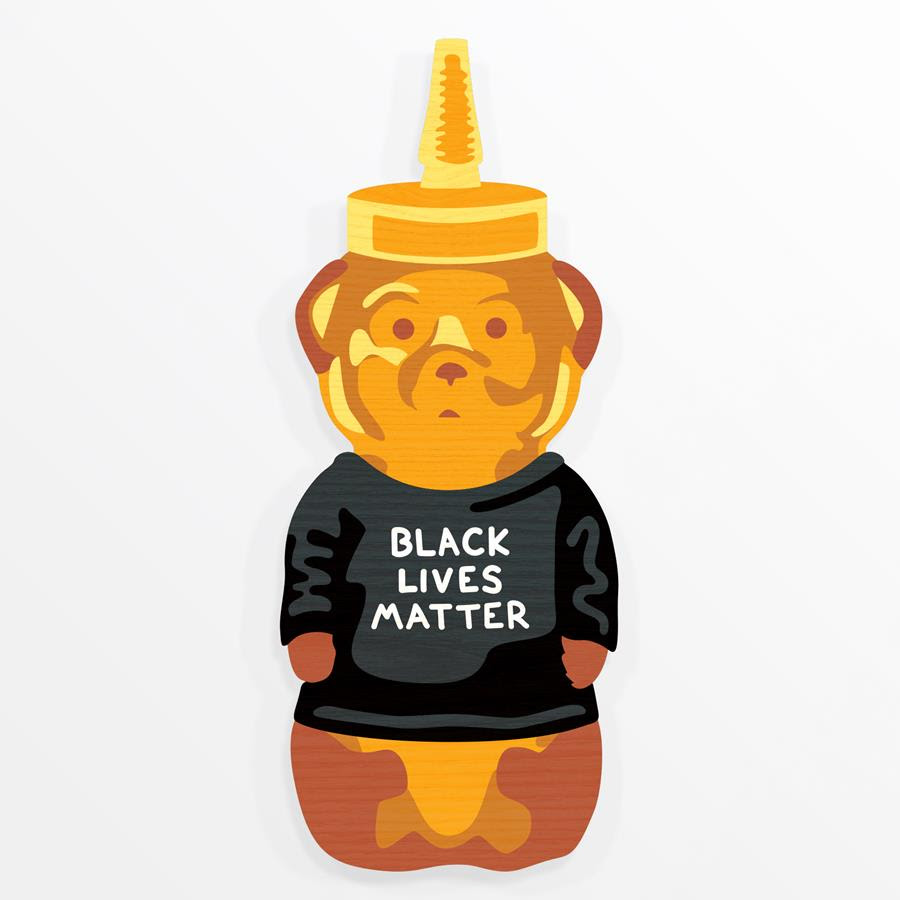
Although fnnch won’t paint art that is negatively charged, he has done bears to support different causes, including the bear in the Pink Pussyhat, the Pride Bear, the Trans-bear and Bi-Bear, the Justice Bear, and the Ally Bear for Black Lives Matter. He doesn’t see this as political, because they’re not divisive issues in San Francisco. “We don’t have big anti-gay rallies in San Francisco. It’s more like I’m sticking my fist in the air and stand in solidarity with my LGBTQ friends and black brothers who are having to deal with crap. We, as a community, stand together. That is my purpose. My intention with the honey bears is always positive, nostalgic, and inclusive.”
What does the honey bear mean to you? What emotions does it elicit?
The honey bear is a universal symbol of happiness—positive, nostalgic, and inclusive. My practice centers on public art, bringing visual art to the 95 percent of our residents and tourists who do not visit our modern art museum. The honey bear is an image anyone can enjoy, so it stands a good chance of engaging the public.
What does activism through art mean to you, especially during these insane times? Can art change the world?
When I decided to take my art full-time, I realized it wasn’t enough to simply make and sell artwork—there had to be a greater purpose. Mostly, this purpose focuses on democratizing access to art and encouraging people to think differently about public space. Commentary on divisive political issues hinders this goal, so I mostly stay away from such things; but, I have several times made pieces that stand in solidarity with my fellow humans, such as Pride Bear (sexual orientation), Pink Pussyhat Bear (gender), and Justice Bear (race). I have also several times sold artwork to raise money for charity, most recently raising over $100,000 for those impacted by COVID-19. Can art change the world? I don’t know. That’s a big ask. But it can help.
We regular citizens saw the boarded up storefronts and were sad; you saw them as blank canvases calling to you—can you talk about that?
As I got into street art, I started to see public spaces differently. In the beginning, no one is willing to let you paint on their home or business, so you need to get creative. Experimenting with new ways to bring art to the public is now a specific goal of my art practice. I’ve done artwork on mailboxes, sidewalks, park walls, construction sites, telephone poles, and ride sharing vehicles.
I was thus ready to see the opportunity of stores boarded up for COVID-19. Not only were there a lot of them, but they were in prime locations where it’s typically difficult to paint a mural. I also saw this as an opportunity to provide art to people who were, because of shelter-in-place, unable to leave their neighborhood. Instead of asking you to come to a museum or gallery, I could bring art to you. I ended up putting up pieces in nearly 20 neighborhoods, and it was a huge hit.
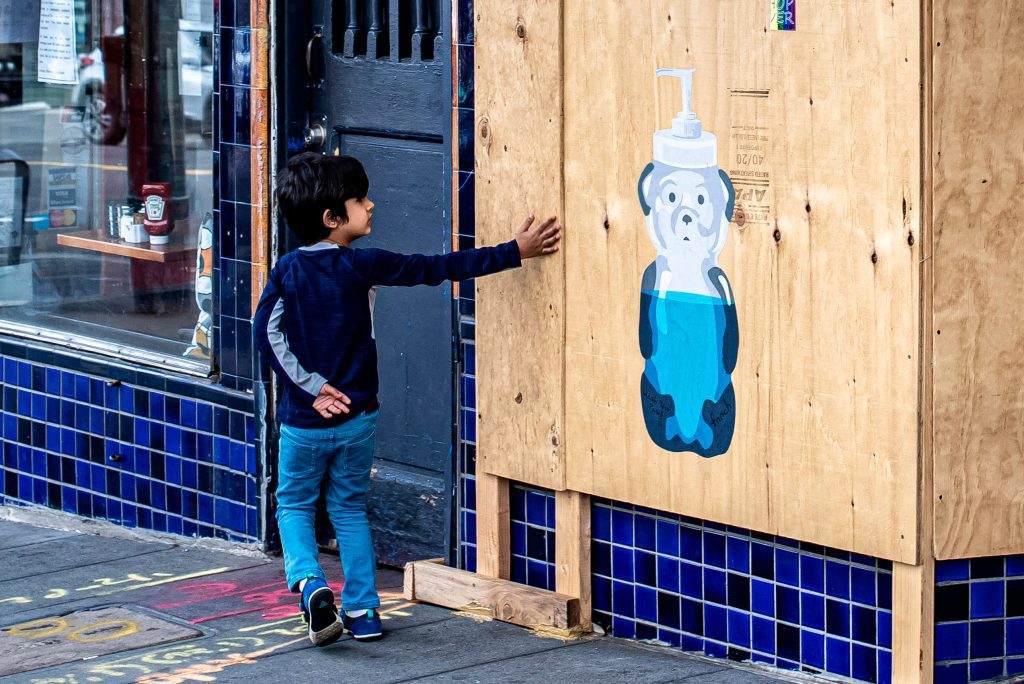
What is the state of the San Francisco Bay area art scene?
The size of the art scene is depressed by the high cost of living and lack of engagement in visual art by certain populations. We do have quite a few great artists, but many established themselves before San Francisco became so expensive.
Two points of light. One is the Burning Man art scene, which is producing sculpture that is innovative in its scale, aesthetic, interactivity, and use of technology (e.g., sequenced LEDs). I believe this is a world historic art movement, and it’s centered in the Bay Area. The second is the rise of the food scene in San Francisco. When I arrived in the Bay in 2005, it had only one Michelin 3-star restaurant. Now we have seven, which is two more than New York City. I propose that a change in taste and rise in disposable income in certain populations drove this. I believe we have the same opportunity for growth in visual art, and I hope to be part of its resurgence.
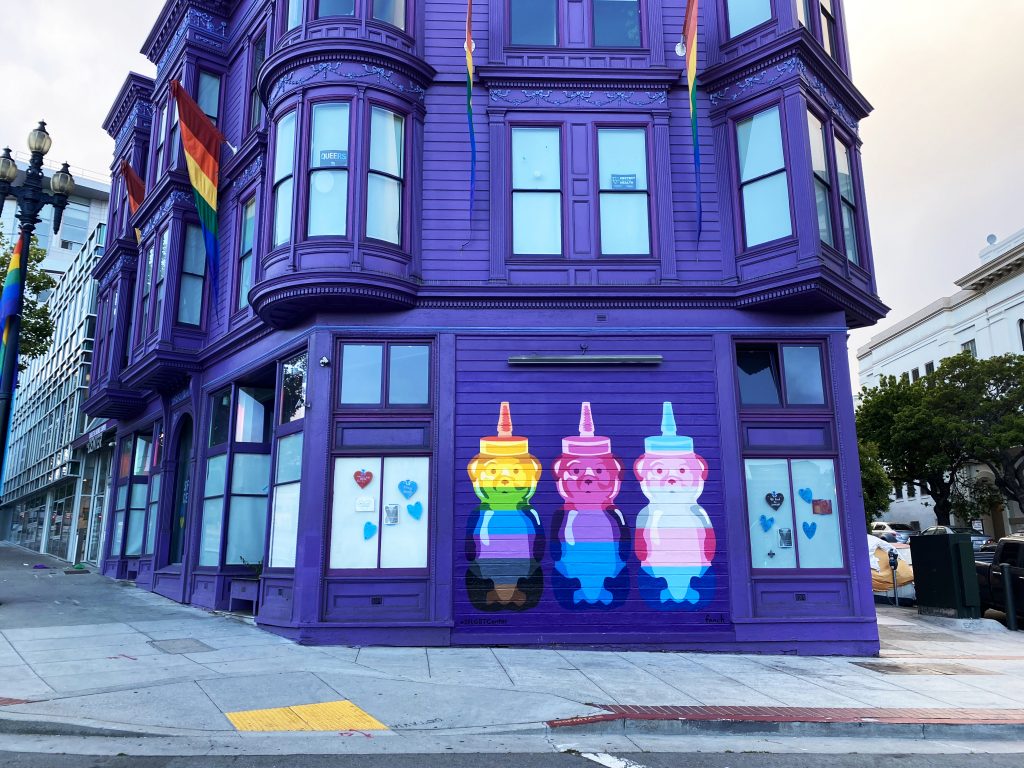
Your art is highly collectable. Is there a difference between art in the streets and art in galleries or private collections?
The benefit of public art accrues to the populace, whereas that of private art does not. That’s a huge difference. I still see the value in private art and I work hard to offer affordable fine art, but I use the sale of art for private collections to subsidize my public art.
Who are your heroes?
Banksy and Andy Warhol. Banksy was the first artist whose work created in me cognitive dissonance when I not only realized that his art was illegal and “should” go, but also that I liked it and wanted it to stay. I now hope to create this same cognitive dissonance in others. Warhol was the first artist to introduce me to pop art. To me, pop art is when an artist points their finger at an everyday object and asks you to view the object as art. We are surrounded by so many beautiful and useful objects that we take for granted, and sometimes it takes an artist to induce you to pause and appreciate them.
I am, however, inspired by many artists. I love color field painters like Frank Stella and Ellsworth Kelly, street artists like Jeremy Novy and Roadsworth, local muralists like Victor Reyes and Chad Hasagawa, and Burning Man artists like Peter Hudson and Hybycozo. There’s a lot of inspiration out there.
Can you say something about the choice for anonymity? How does it change the conversation?
In the beginning, I was anonymous because I was illegally painting street art on public property. It just didn’t seem wise to sign my legal name to the work. Now that I paint more legal murals, I maintain anonymity both because I still do some street art (mostly when I travel) and because we all love a little mystery. People often express surprise when they meet me, because they imagined I would be different in height, age, gender, and ethnicity. These reactions say more about them than me, but I feel that the real me will always fall short of the imagined me (unless you dislike my work, in which case it will always be better).
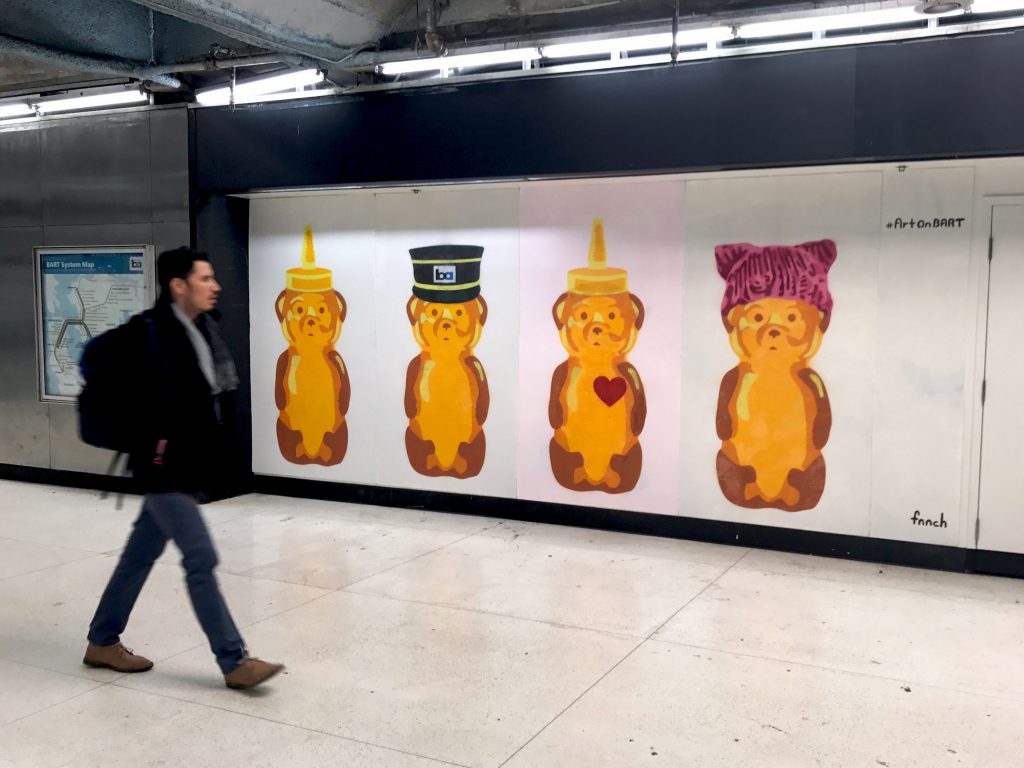
Do you consume honey out of bears in your everyday life?
Embarrassingly, no. I do not regularly sweeten any food or drinks for health reasons. Not that I don’t love honey—I do—I just try to limit my consumption.
You have a whole lexicon in addition to the honey bear: lips and rubber duckies and lawn flamingos. Are there any new symbols you’re playing with? Any old favorites you’re bringing back?
I paint objects that interest me, and only looking back do I see patterns. The rubber ducky and lawn flamingo, like the honey bear, are deeply surreal objects that are positive, nostalgic, and inclusive. I also am interested in any cult object—something we imbue with special meaning—which is why I painted cans of LaCroix and Nike Air Jordan 1s. There are other objects like these I intend to paint, but I don’t want to spoil the surprise!
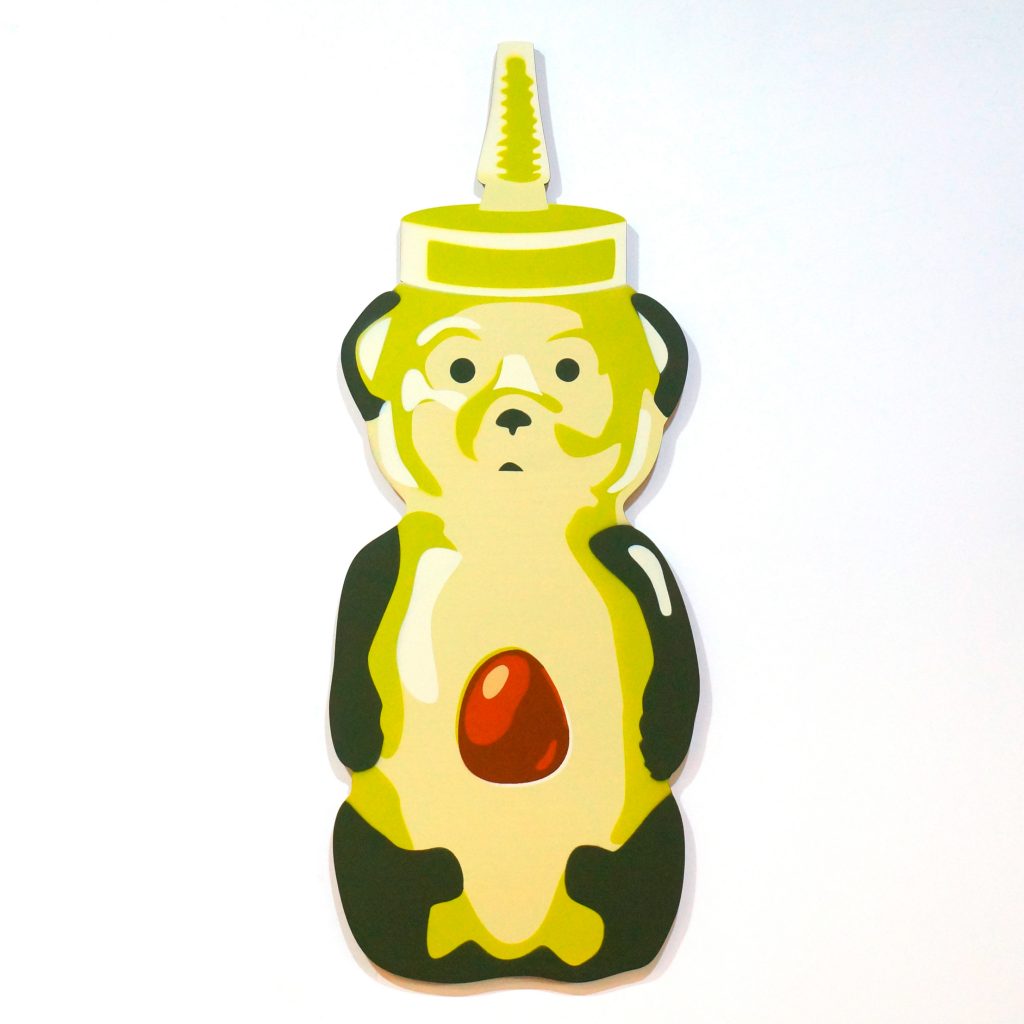
How can people engage with you, buy your art, and support your causes? Is there any breaking news you want to share?
The best way is to sign up for my mailing list at fnnch.com/list or follow my Instagram @fnnch. I also have fnnch.com and store.fnnch.com. No breaking news right now, but I regularly paint new murals, release new editions, and launch new projects, all of which you can find out about on my email list or social media.
If I can make one shameless ask, I am always looking for great mural walls—higher visibility, larger size, and more creative freedom and budget being better, though I’m willing to compromise on some of those for others. If you might consider a mural for your home, business, or property, please reach out!
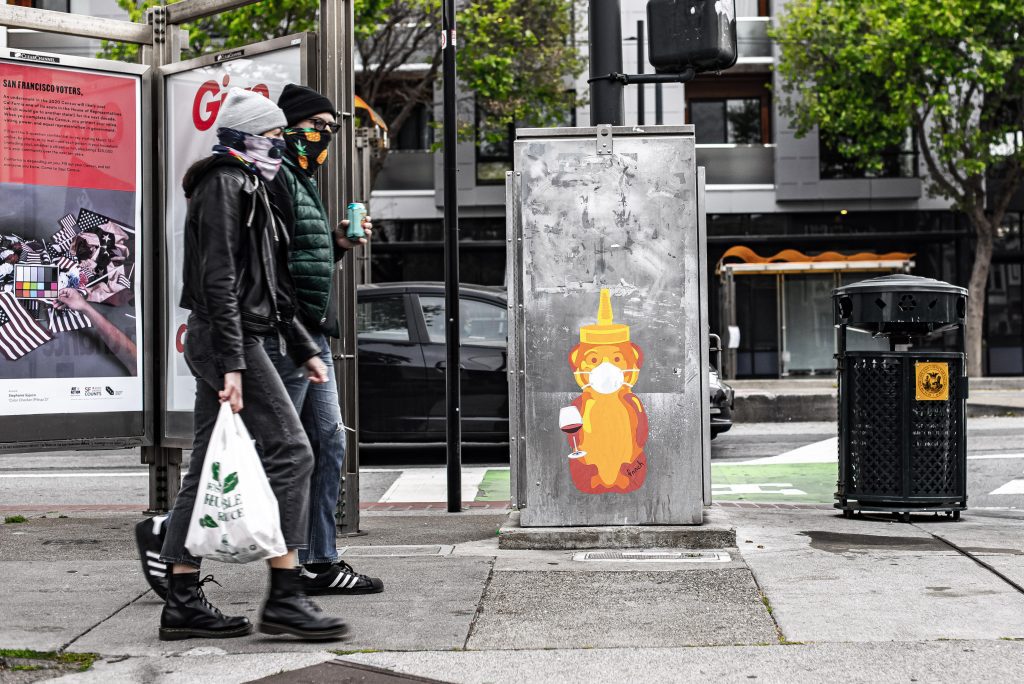
What is something surprising about you? Side hobbies? Odd phobias? Strange toppings on your pizzas?
As a hobby I drum in an Americana/folk band that regularly plays shows in the Bay Area. What I love about drumming is that I have no pressure to be the lead artist, but can enjoy myself and support another artist whose work I love. Plus, you know, banging on things is fun.
